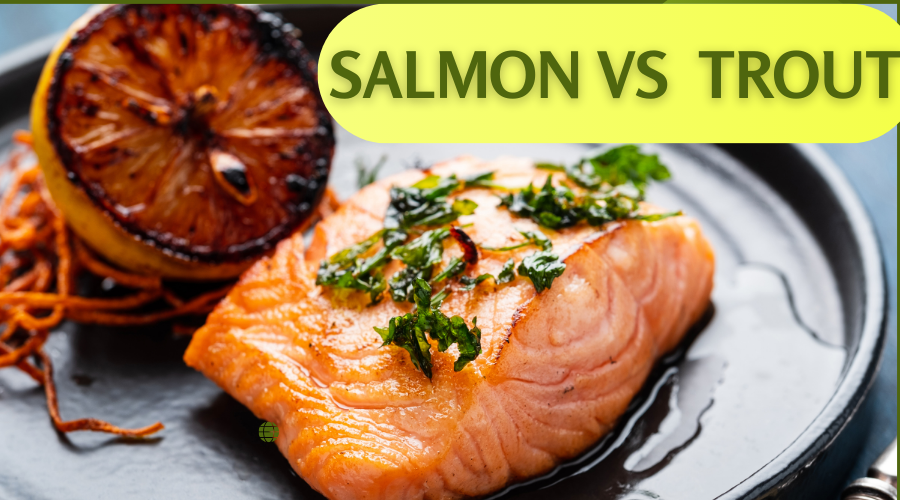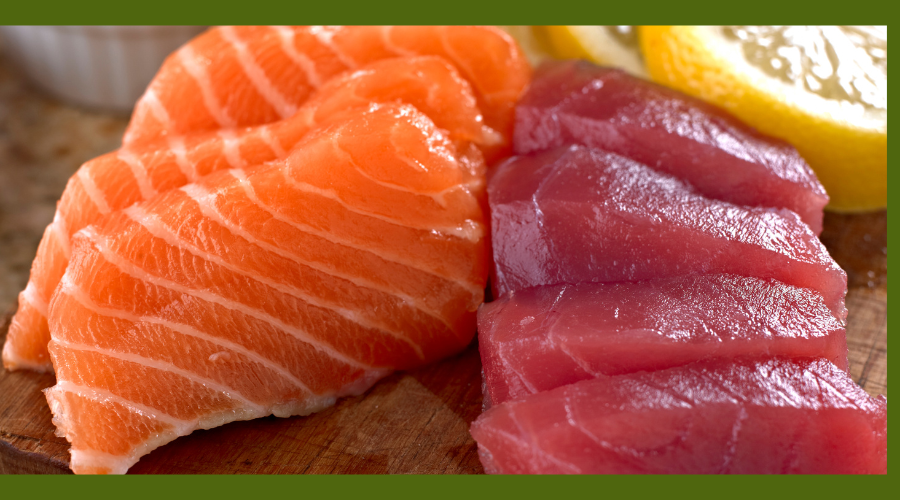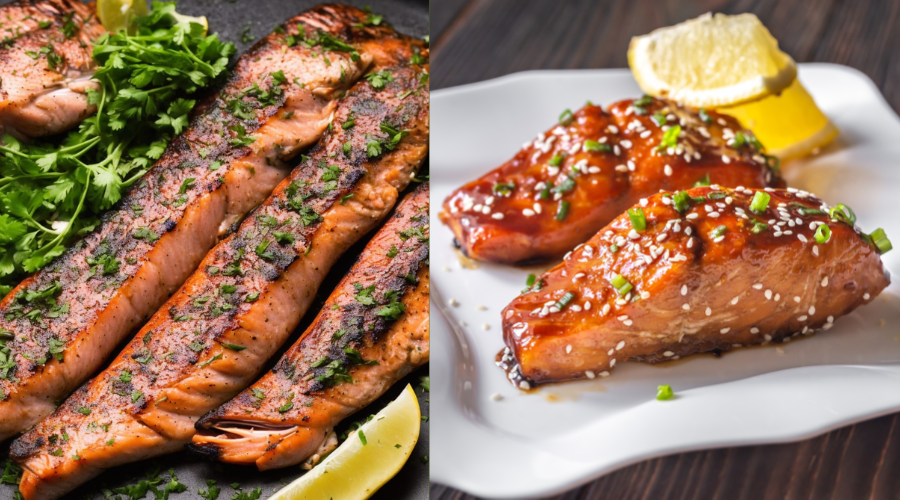
Trout and salmon are two of the most popular and widely consumed types of fish worldwide. They share similarities in appearance, taste, and habitat, yet they also possess distinct characteristics that set them apart. Understanding the differences and similarities between trout and salmon can enhance your culinary experience and appreciation for these delicious aquatic creatures.
Both trout and salmon belong to the same family, Salmonidae, and share several physical features. They have streamlined bodies built for swift swimming, forked tails, and adipose fins. However, they have critical differences in appearance.
Trout generally have a more speckled and varied coloration, ranging from olive green to brown, with scattered spots along their sides.
Salmon typically have a silver body with few spots, though their appearance can change depending on their life stage and environment.
Though they have different preferences and migration patterns, trout and salmon thrive in freshwater and saltwater environments.
Trout are mainly found in freshwater bodies such as rivers, lakes, and streams, although some species, like steelhead trout, can migrate to the ocean and back.
Salmon are born in freshwater, migrating to the ocean and returning to the freshwater. This unique life cycle contributes to the distinct flavor profiles of trout and salmon.
Trout and salmon are among a diverse range of species, each with unique features and habitats. Each species has its own flavor, texture, and culinary uses, offering many options for seafood enthusiasts.
Common trout species include rainbow trout, brown trout, brook trout, and cutthroat trout, among others.
Salmon species include Atlantic salmon, Chinook salmon, coho salmon, sockeye, and pink salmon. Each species has its own flavor, texture, and culinary uses, offering many options for seafood enthusiasts.

Trout and salmon are excellent sources of minerals, omega-3 fatty acids, proteins, and vitamins, making them perfect for a healthy diet. Their nutritional profiles vary slightly.
Salmon tends to have slightly higher fat content than trout, particularly omega-3 fatty acids, which are essential for heart health and brain function. Additionally, salmon is a source of vitamin D, which plays a crucial role in bone health and immune function.
Trout is also nutritious but may have slightly lower omega-3 fatty acids and vitamin D levels than salmon.
Trout generally has a milder flavor and a delicate, flaky texture. Its tender and moist flesh and meat can be grilled, baking, or pan-searing.
Salmon, on the other hand, has a richer, more pronounced flavor with a firmer texture. Its flesh color ranges from pink to orange and is prized for its buttery consistency. Salmon is often enjoyed grilled, smoked, or baked to highlight its robust flavor and texture.
Trout and salmon are prized ingredients in cuisines worldwide and can be prepared in many ways.
Trout is often served whole or filleted and can be cooked simply with lemon and herbs or seasoned with more elaborate sauces and spices. It pairs well with light flavors such as dill, parsley, and citrus, allowing its delicate taste to shine.
Salmon is equally versatile and can be enjoyed raw as sashimi or sushi, smoked, grilled, or baked. Its rich flavor pairs well with bold ingredients like teriyaki sauce, maple glaze, or mustard dill sauce.

Concerns about overfishing and environmental degradation have led to increased focus on sustainable seafood practices. Both trout and salmon are farmed and harvested in aquaculture operations worldwide, with varying degrees of sustainability depending on farming practices and regulations. Sustainable seafood certifications such as the Marine Stewardship Council (MSC) and Aquaculture Stewardship Council (ASC) assure consumers that their seafood choices are environmentally responsible. When purchasing trout and salmon, look for products with these certifications to support sustainable fishing practices.
Trout and salmon are two iconic species of fish that offer a wealth of culinary delights and nutritional benefits. While they share similarities in appearance and habitat, they also have distinct characteristics that make them unique. Whether you prefer trout's delicate flavor or salmon's rich taste, both fish are versatile ingredients that elevate any meal. By understanding the differences and similarities between trout and salmon, you can make informed choices that satisfy your taste buds and support sustainable seafood practices.